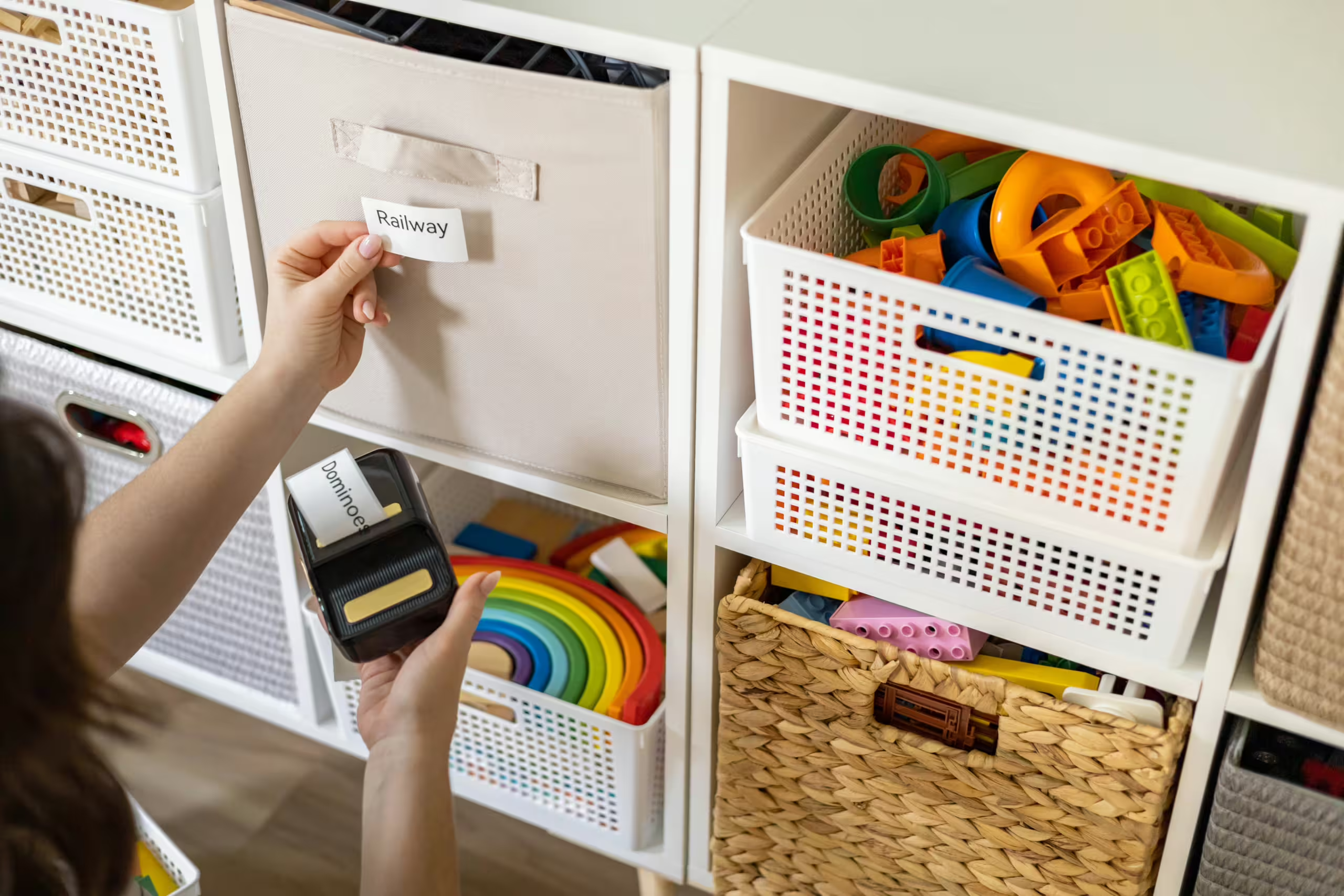When it comes to website design, category pages are often overlooked. But they play a crucial role in guiding visitors through your site and improving your SEO. Think of them as mini homepages for specific topics—they help users find related content quickly and give your site structure. Plus, search engines love well-organized sites!
Why category pages matter
Category pages usually sit just one click away from your homepage, often in the site’s navigation menu. They automatically gather and display all blog posts within a particular category, making it easier for your readers to explore content. Every category you create in WordPress gets its own archive page, so it’s important to organize your posts—even if you only have a few.
By default, WordPress includes an “uncategorized” category, but it’s best to assign each post to a specific category. This helps users navigate your blog more easily and makes your content more appealing to search engines.
What to include on your category pages
Let’s look at a few key things you can add to your category pages to make them more effective, both for user experience and SEO.
1. Content elements
At the top of your category page, include a short introduction that lets your readers know what to expect. It could be as simple as:
“Welcome to our [category name] section! Here you’ll find tips, guides, and insights related to [topic]. Whether you’re a beginner or looking to deepen your knowledge, these articles will provide practical advice.”
This intro is useful not only for your readers but also for search engines. Writing a couple of paragraphs with relevant keywords will ensure the page isn’t considered “thin content,” which could hurt your rankings.
2. Design elements
Visitors expect to see a list of articles when they land on a category page, so make sure the list starts right at the top. Highlighting a few key posts in the introduction can also help guide users to your best content.
For instance, you can link to your most important posts directly from the intro, making it easier for users to find your top resources.
3. Visual elements
Images can really enhance your category page. Adding a relevant image in the introduction not only breaks up the text but also keeps the page visually appealing. Just make sure your category pages align with the rest of your site design for a smooth user experience.
Let me give you an example
Let’s say you’re creating a category page about guinea pigs. Your introduction might read something like this:
“In this section, you’ll find everything you need to know about guinea pig care! From food and grooming tips to surprising facts, our articles cover it all. If you’re a new owner, don’t miss our ‘Ultimate Guinea Pig Guide’ to get started.”
You can link to your top articles within the introduction and add an image of a guinea pig to make the page more engaging.
At Progress Planner, we’re also working on optimizing our own category pages to improve navigation and user experience. We’re excited to share the results with you soon!
So, optimizing your category pages can make a big difference. With a few tweaks—like a thoughtful introduction, a clean layout, and some visuals—you can create category pages that enhance both user experience and SEO. And don’t worry about perfection; just focus on making them helpful and easy to navigate.

Leave a Reply